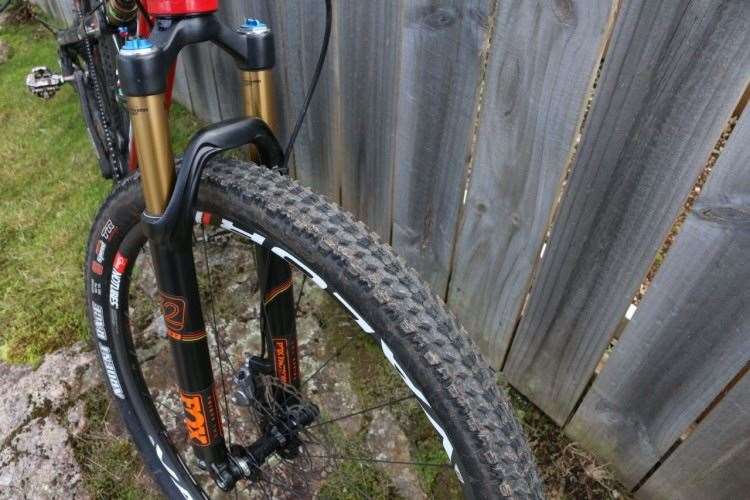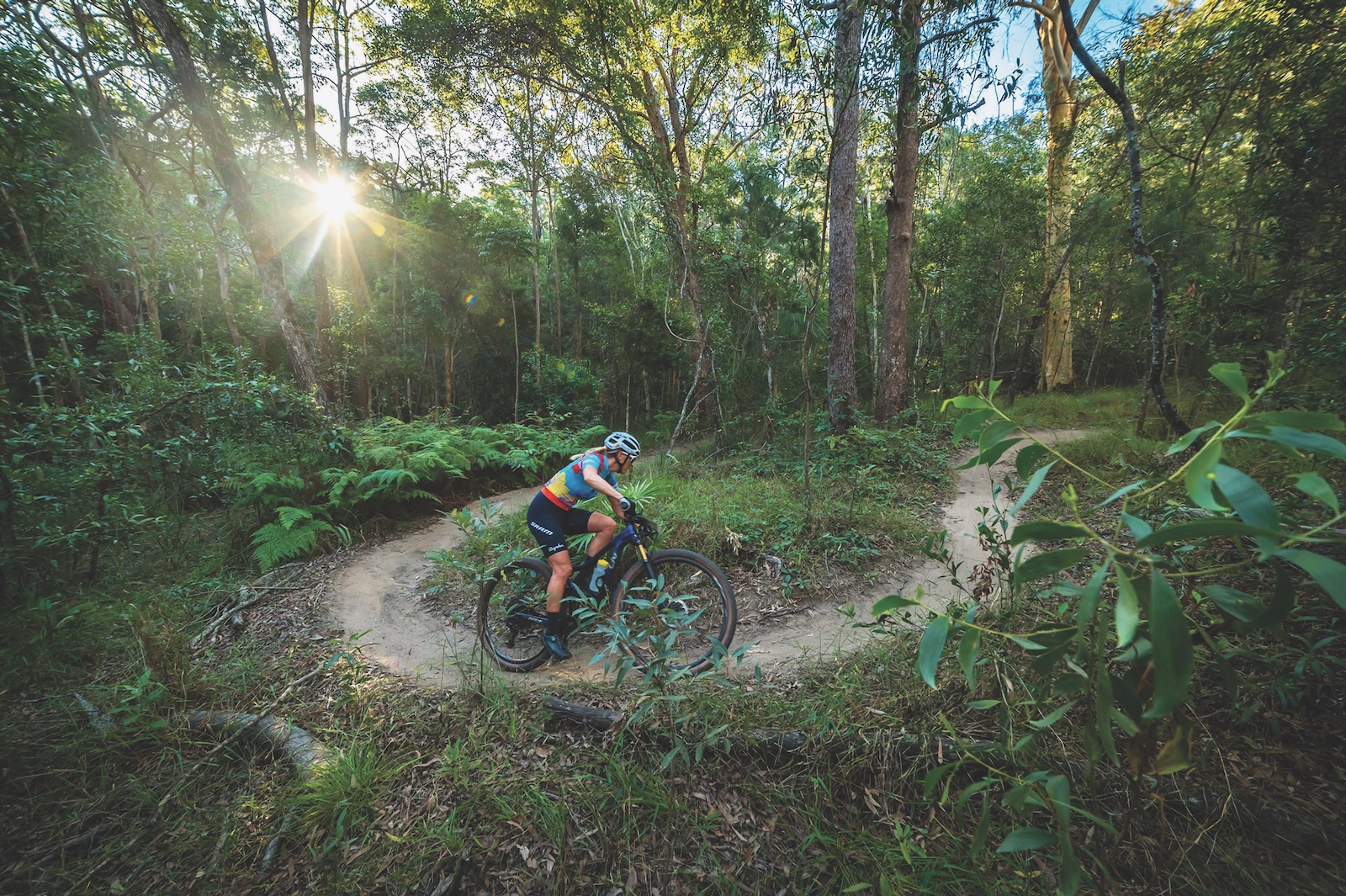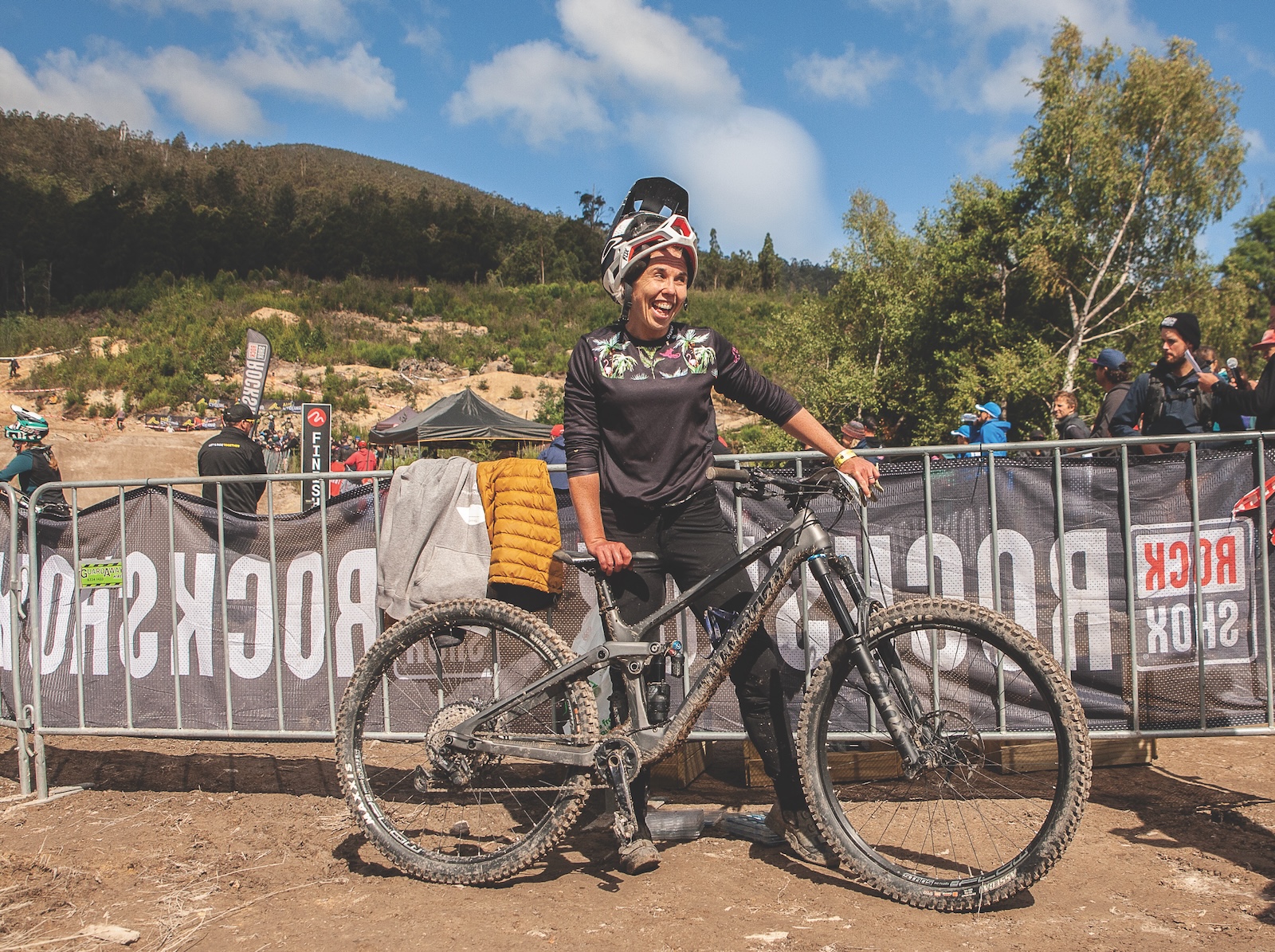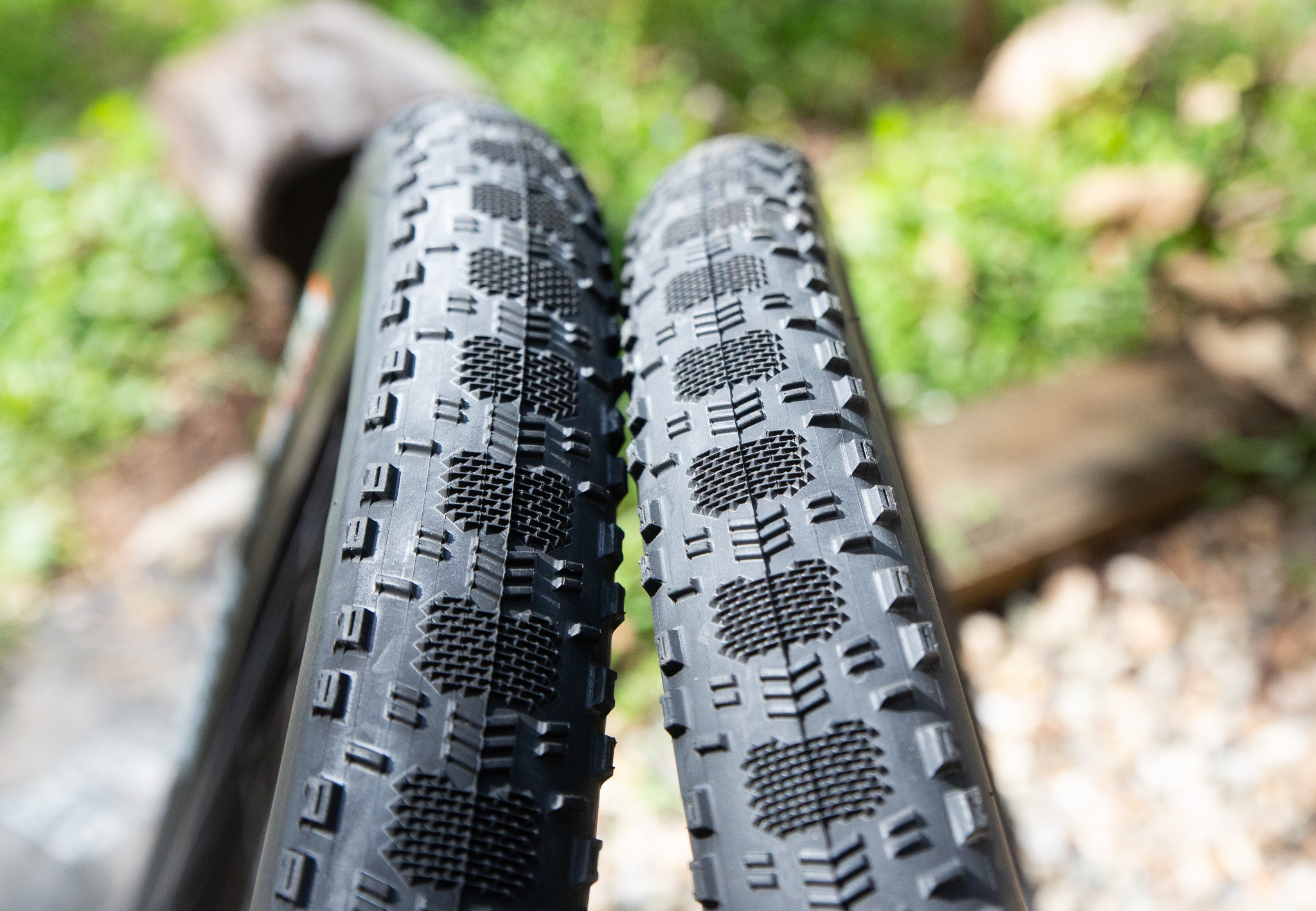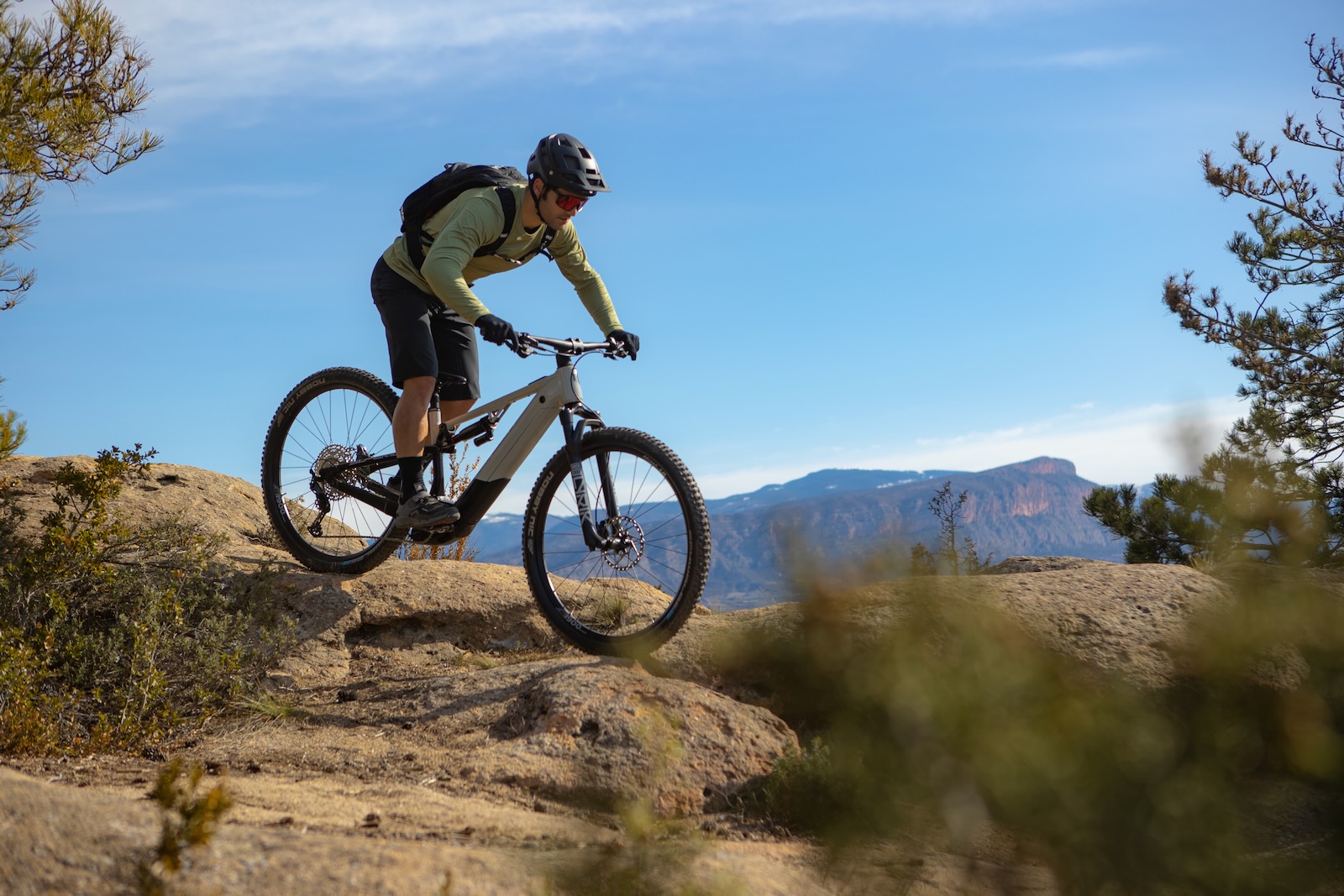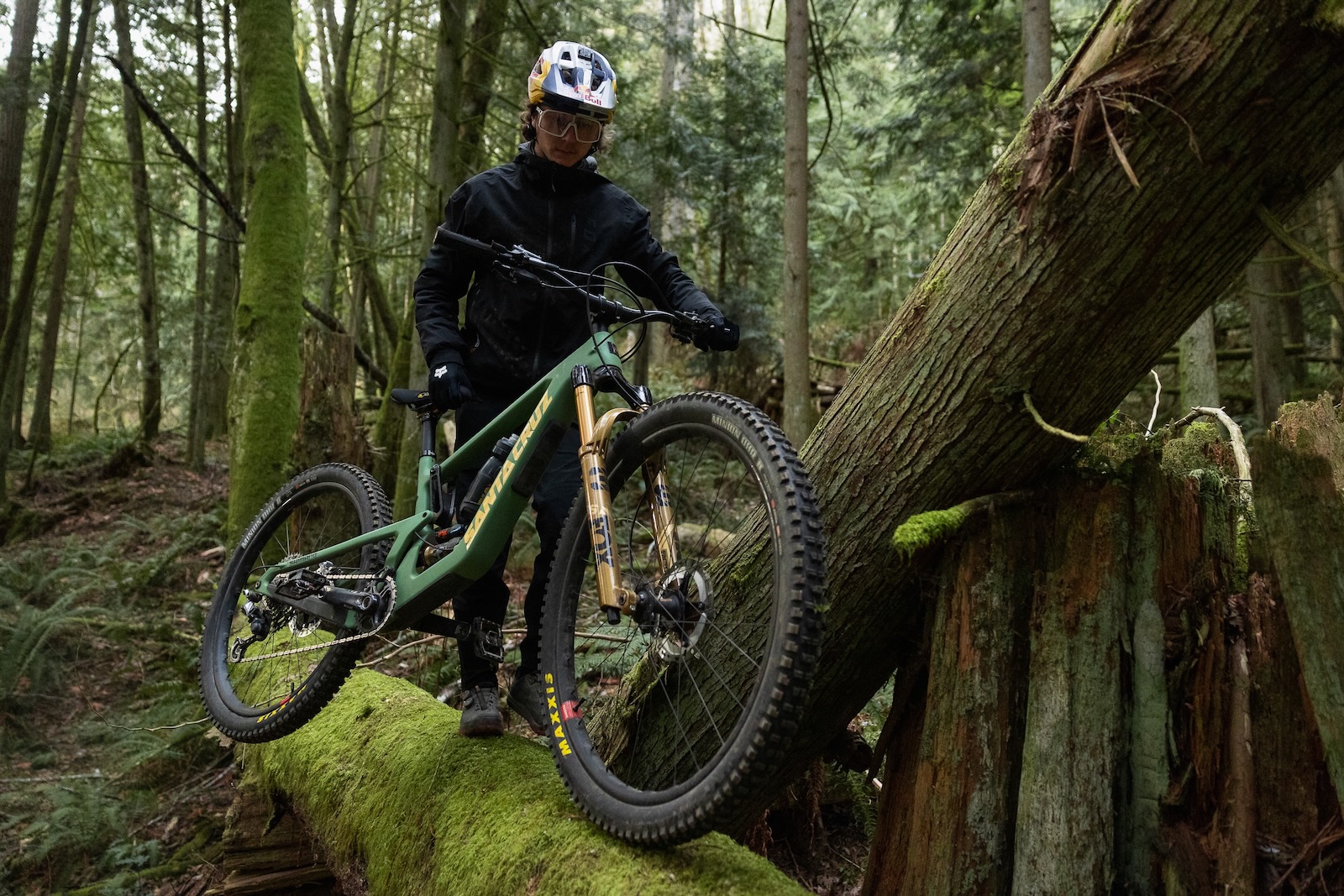TESTED: Fox Float 32 Factory 29” suspension fork
The latest cross country fork from Fox is all about the new FiT4 cartrdige - the external compression adjustment is astounding.
The west coast of the USA churns out a lot of high quality product for the mountain bike industry. One of the major brands based there is Fox Racing Shox, who make suspension components for motorbikes, four-wheelers, snowmobiles, ‘ATVs’, and other big 4WD off road racing vehicles that I’d hate to come across on a trail. But they also have a big line up of forks and shocks for mountain bikes, and almost every model has been overhauled for 2016.
The Float 32 over a decade ago with big (32mm) legs and damping cartridges that worked and lasted. I have owned 6 iterations of the Float 32 between 2005 and 2014, and looking at the changes I was very keen to get onto the 2016 Float 32 Factory fork.
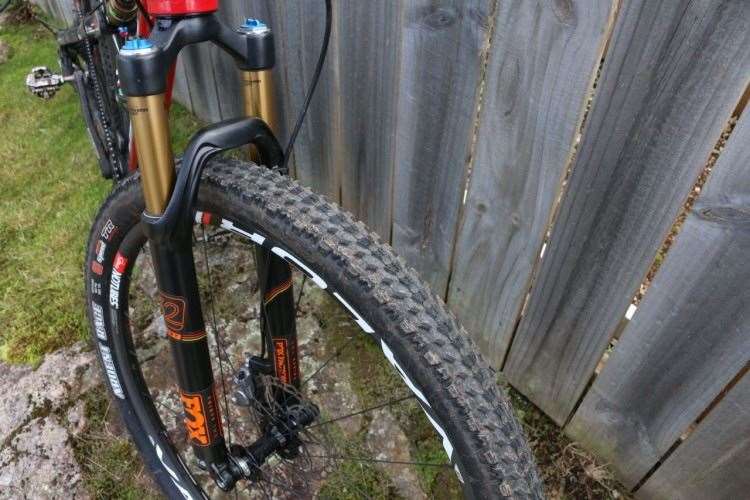
Initial Impressions
Out of the box, the black colour is the most striking change. That’s because really, very little has changed on the outside. But in the right hand fork leg the CTD adjuster and FIT3 cartridge have been replaced with the FIT4 cartridge. The new cartridge has a range of compression adjustments: Open, Medium and Firm. Not just a name change, the Open setting has a further 22 adjustments for fine-tuning the compression damping characteristics in this setting. This lets you fine tune the low speed compression to get the right ride feel while getting still using all your suspension travel – but not diving through it in corners.
Fox have also adopted a twin-chamber air spring. By having both a negative and positive spring, it helps make for a smoother start to the travel, and is said to save weight. You can also adjust the feel of the travel with spacers.
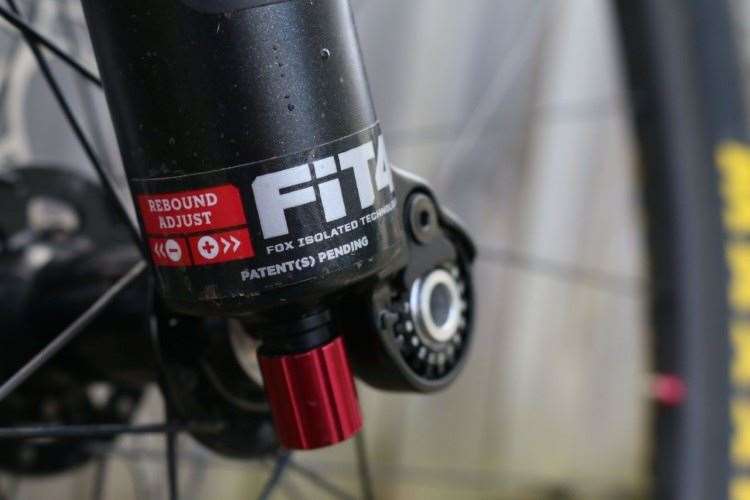
Setup
Pulling my old fork off, I noticed he weight of the 2016 Float 32 Factory 29” fork was the same as the 2014 Float CTD Factory 29” fork with 2015 internals that it replaced – 1.58kg with star nut and 175mm of steerer. Simon from Fox Australia ran me through pressure setup, explaining that the dual chambers for the air springs ran off one valve. I normally run about 75psi in a Fox fork, so Simon recommended putting 100psi in, then compressing the fork. This transfers the right amount to the negative chamber, and you adjust the pressure again to make sure you have your right pressure. This is the same as the Fox Float Air rear shocks from years ago. Simple but effective.
I set my rebound at 3 clicks in, and settled on seven clicks on the Open mode adjustment. I often find with short travel (80-100mm) suspension that it’s very difficult to find a compromise on plushness, and not sagging too much. This adjustment is designed to tailor that.
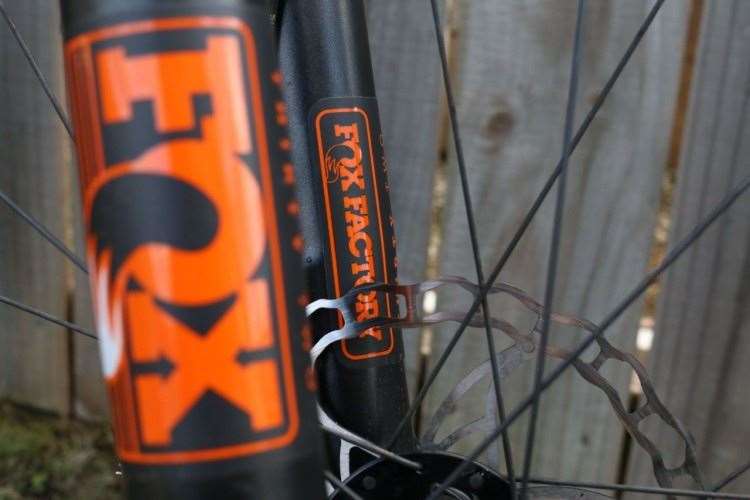
On the Trail
It sounds unlikely, but just sitting on the bike and riding off to the trails from my garage the change in the damper was noticeable. The previous CTD adjustments on FIT3 cartridges had the refinements in the Trail setting, so in Descend (open) it was nice and plush, but it was too easy to have way too much sag for how you want your bike to feel. Riding in Trail was the compromise, and you’d lose some of the suppleness that Fox are renowned for. The Open setting with compression adjustment removes this problem, and means that the Medium setting is just that – medium firmness. I found it perfect for fire trail climbs where you don’t want a full lock out but you don’t want any bob. Fox suggest Medium is good for undulating terrain, but I preferred Open with a firmer compression setting. Firm comes into play on smooth terrain – a rock solid lockout that will still blow through if you hit something hard enough – a great lock out for a racer. While I tested the regular model, the option with remote lockout still has the full range of settings, unlike the previous CTD models with FIT3.
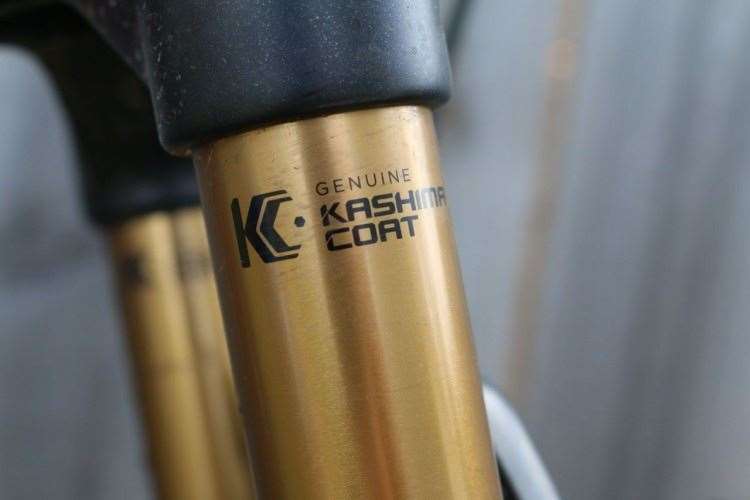
All the good aspects of Fox forks remain, the stiffness and plush feel, along with easy to understand settings. But the ability to tune the performance made a huge difference on the trail. The compression tuning means you can get your bike to handle weight shifts and G-outs a lot better than on previous models, where you might have ended up diving into your travel too much.
On bikes that the Float 32 suits, this is a big deal. Blowing through a lot of your travel in heavy corners will sharpen an already steep head angle, and take away the ability for the fork to work as a suspension unit in rough corners or exiting berms into rougher sections.
I put most of the hours on this fork on the trails of Derby, where you are either pushing from one corner or roller to the next on a descent, or looking for the most efficient way to get up the long singletrack climbs. The 32 worked admirably, and while racing a marathon there I did back off the compression adjustment two clicks after an hour for a slightly plusher feel.
Our Take
I have often ridden Fox forks for the feel and reliability, but really wanted a better option for fine-tuning the compression. The 7-step CTD adjustment for 2015 was a good upgrade, but the FIT4 cartridge and range of adjustments is a world ahead. While the Float 34 will win over trail riders as it has more travel and a bit more stiffness, the Float 32 is a winner for those who are after an excellent and reliable suspension fork for their cross-country or marathon racing machine.
Hits:
- Easy to setup
- Very smooth suspension action
- Excellent tuning capabilites
- Not as light as some of the competition
RRP: $1299
From: Sola Sport

